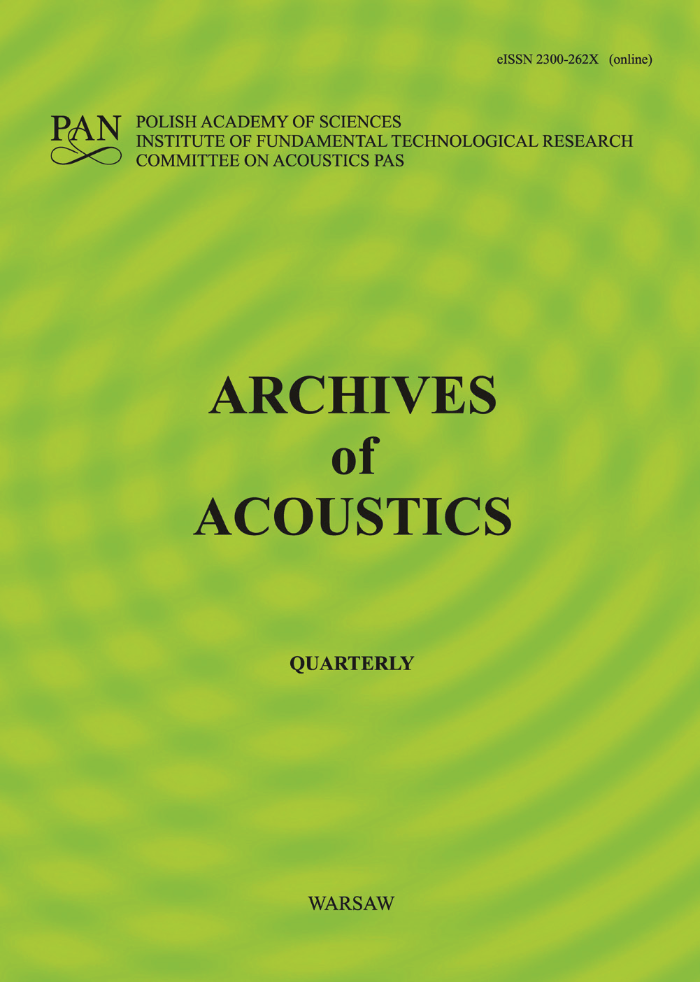Other articles by the same author(s)
- Peng SONG, Yun JIN, Li ZHAO, Cairong ZOU, Voice Conversion Based on Hybrid SVR and GMM , Archives of Acoustics: Vol. 37 No. 2 (2012)
- Peng SONG, Li ZHAO, Yongqiang BAO, Spectral Mapping Using Kernel Principal Components Regression for Voice Conversion , Archives of Acoustics: Vol. 38 No. 1 (2013)


